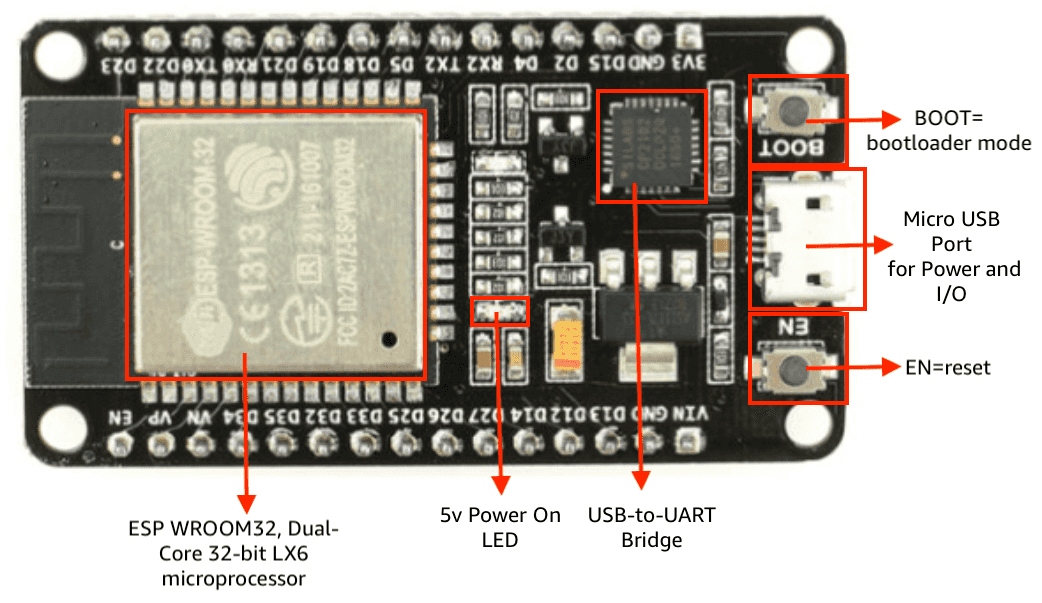If you've ever asked yourself what a modern workflow for building IoT products from concept to design, code and hardware looks like, you'll find more than a couple of your questions answered here.
For many years I've relied on Raspberry Pi hardware as my platform of choice for prototyping. But, my friend Pankaja, who's been building hardware for almost ten years now, introduced me to some better tools and hardware to modernize my workflow.

Here I use a ESP32 microcontroller driving a Neo-pixel ring of LEDs inside a 3D printed enclosure to play around with a quick hardware prototype. This post isn't a tutorial, you can find hundreds of those elsewhere online, but a brief outline of the new tools and software I picked up.
ESP32
The ESP32 is a dual-core microcontroller that's widely regarded as a powerful and versatile chip with built-in Bluetooth and WiFi to fulfill all your IoT dreams. Moreover, it's powerful enough for most projects and affordable enough to ship in a product if you really needed to.

Additionally, the chip also supports the Arduino Framework and can therefore be used to quickly build out projects using libraries that are readily available.
Platform IO
Platform IO is a cross-platform, cross-architecture framework and toolkit for embedded systems that make writing, testing, building and deploying hardware code a lot more developer friendly.
This was, infact, a game-changer. I was able to get started by installing the Platfrom IO extension on VS Code and creating a new project for the ESP32. It took less than 10 minutes.
Development kits
Suppose you're like me and prefer to experiment with things to find new ideas. In that case, you can rely on the healthy ecosystem of Arduino libraries for working with a wide array of components that range from Neo-pixel led rings, cameras, led-displays, sensors and more.
Most kits and sensor packs could be bought via website like Adafruit or Amazon or Aliexpress.
Many thanks & credit to Pankaja for guiding me through this process.